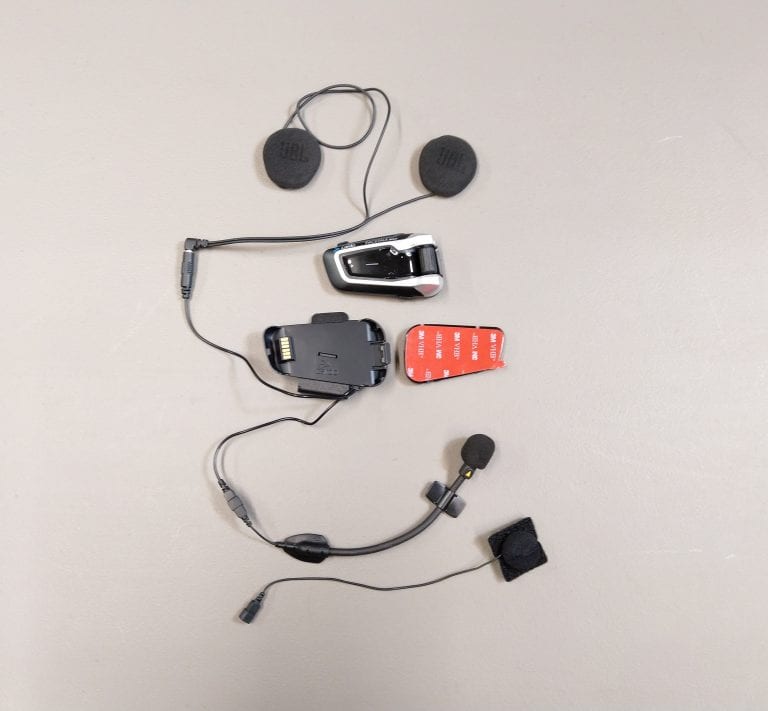

- #Medstudy audio companion pediatrics review sdn how to
- #Medstudy audio companion pediatrics review sdn plus
- #Medstudy audio companion pediatrics review sdn free
High-value care recommendations are at the front of each volume. In MKSAP 18, the key points are repeated in a yellow box at the end of a topic. We have carefully crafted drawings, medical images (scans, x-rays, scopes, and photos), tables, and charts.Īt the beginning of each major topic is a set of “Preview/Review” questions that are used in the MedStudy Method during the preview, study, and review stages of learning. Soft yellow highlighting designates must-know information gray bars indicate hospital-related content burgundy text means tonal emphasis (words that a great lecturer would emphasize) bold type denotes important lists and defined terms.

MedStudy uses formatting and visuals in the Core as additional ways to summarize content, clarify concepts, indicate extremely board-relevant content, and even work alongside the MedStudy Method to help you really learn the material. The first pages of the Gastro section show formatting differences between MedStudy (left) and MKSAP (right) MedStudy vs MKSAP: Does the Formatting Help or Hinder? MKSAP 18 does not have a study methodology associated with it. It takes you through our current understanding of the memory process, best evidence-based study techniques, and the MedStudy Method.
#Medstudy audio companion pediatrics review sdn free
Read all about it in the truly must-read, free StudyWise guide. Our study materials are formatted to work hand-in-glove with these powerful learning principles. It guides you through the best way to transfer the vast amount of medical material you need to learn to your brain and into readily accessible long-term medical knowledge. MedStudy spent years optimizing a science-based approach to studying that's interwoven into all content: The MedStudy Method. MedStudy vs MKSAP: Integrated Study Methodology There are no Q&As in the Board Basics book. And 500+ illness scripts (standard illness presentations) on flashcards (print or digital). MedStudy has 1737 board-focused, board-style digital Q&As. The MKSAP 18 consists of 11 volumes with the Board Basics book being its own product. MKSAP 18 consists of 11 volumes with Board Basics as an add-on product.

MKSAP 18, with Board Basics, has 1,498 educational pages (excluding Q&As) that cover a mix of updates and board-focused material.

MedStudy's 19th Edition Core has 935 intensely board-focused educational pages. Because Board Basics is a highly derivative product, MKSAP editors recommend, correctly, that you read all 11 books of MKSAP 18 before you jump into Board Basics. While it's meant to help you prepare for ABIM boards, Board Basics from MKSAP is not a stand-alone product. Note that the MKSAP Q&As are based on the MKSAP 18, not the Board Basics. The editors have pulled what they consider board-eligible information into their separate add-on Board Basics product, a 342-page book. The 11-book MKSAP 18 set is focused on more information than the boards cover. But, for the same reason, MKSAP cannot be equally focused as an ABIM board review. MKSAP 18 is an awesome review of current trends and changes in Internal Medicine- that is its focus. We have a disease-based review like MKSAP18, and also include an organism-based review and a separate section on antimicrobial agents and vaccines. Physiology of the stomach explained as a basis for understanding gastritis, ulcer syndromes, and use of current acid-reducing medications.
#Medstudy audio companion pediatrics review sdn plus
Explanations of pulse types, plus diagrams of murmurs and heart sounds.Ĭomplete review of respiratory volumes, flow volume loops, PFTs, and the oxyhemoglobin dissociation curve.īasic renal physiology explained as a basis for understanding renal diseases, hypertension, diuretics, RTAs, and the RAAS (renin–angiotensin–aldosterone system).
#Medstudy audio companion pediatrics review sdn how to
Here's a few examples of what you'll find in MedStudy, but not in MKSAP18:Ī quick but complete review on how to read the 12-Lead ECG with a clear explanation of all components, and 22 practice ECGs with interpretations. To that end, we include the underlying concepts important for more fully understanding a set of topics. MedStudy is also all about you understanding what you’re learning, not just memorizing lists and key points. We cover all 18 Medical Content Categories of the ABIM exam blueprint the MKSAP addresses 17 of the 18 (not A&I). MedStudy is all about being a complete board review. Only that material becomes MedStudy content. Our physician contributors are dedicated specialty and subspecialty teachers who use the current edition, board blueprints, many years of MedStudy’s user feedback, and their own experience (teaching, writing board questions, etc.) to hash out between them what is likely to be tested. MedStudy is built from the ground up to cover the material the boards are testing for-which is all the medical knowledge a competent Internal Medicine physician should know-as detailed in the ABIM exam blueprint. Katie Serventi, MD on the differences between MedStudy versus MKSAP Content


 0 kommentar(er)
0 kommentar(er)
